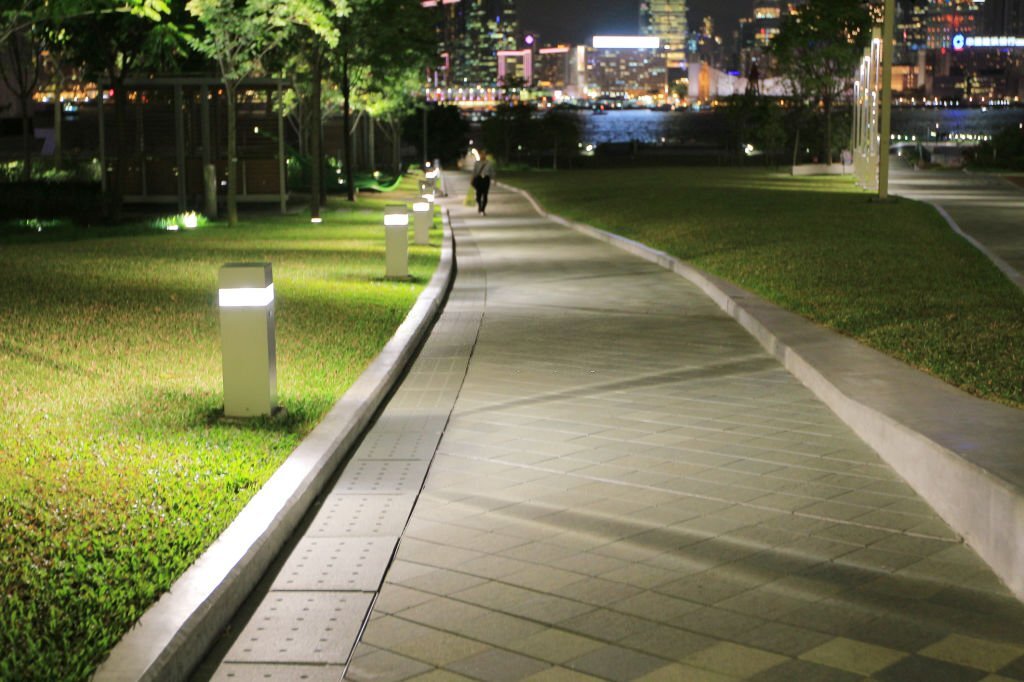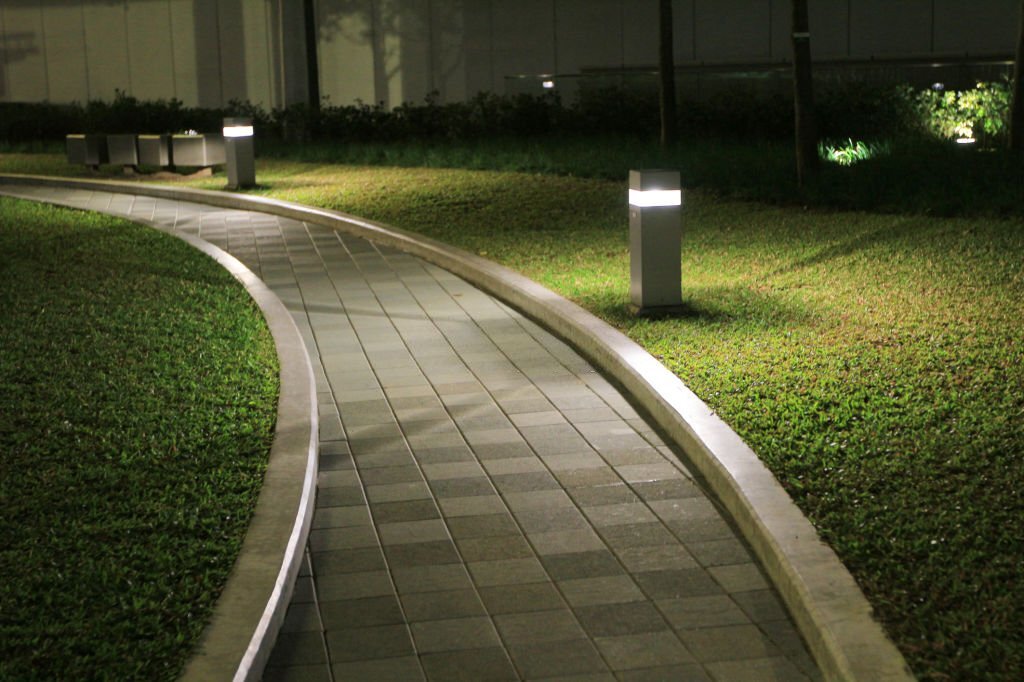Many people consider having an automatic irrigation system with sprinklers or rotors installed to water their lawns and plant beds for a few simple reasons. Namely, they are tired of:
- Dragging hoses throughout the garden
- Excessive use of water in manual watering
- Time invested in watering the entire lawn
- Unevenness in grass quality
- Drying and dying vegetation
But there are also other reasons to install an automatic irrigation system. Next, we’ll explore some of the reasons homeowners are thinking about retiring those pesky garden hoses for good and definitely investing in a smart irrigation system.
Pros and Cons of the Automatic Irrigation System
Automatic irrigation systems are convenient, especially for travellers who don’t have a lot of time to take care of the garden. The only disadvantage that can be listed is that, initially, automatic irrigation systems have a high investment value! But, if installed and programmed correctly, they will undoubtedly help save money in the long run, primarily by saving on water usage.
Dead grass and vegetation need to be replaced, and this can be expensive. If irrigation automation can save this expense, it is already well on its way to paying for itself.
But the pros of having an automatic irrigation system installed can go beyond that. Watering with a hose wastes A LOT of water. Neither method targets plant roots with any significant degree of accuracy. Automatic irrigation systems can be programmed to discharge more precise amounts of water into a given area, which promotes water conservation (which saves money).
Necessary Equipment
Five basic components make up the automatic irrigation system:
- Pressurizer
- Controller
- Solenoid Valves
- Sprinklers or Rotors
- Drip Hoses
Controller
The controller is nothing more than the brain of the entire irrigation system. It is responsible for the schedule, which includes which days to water, how long to water, and which sectors should be watered on those days. In addition, the controller is responsible for sending the motor pump a message to turn on, and at the same time, it sends one of the system’s solenoids to open, thus releasing the flow of water to this irrigation sector.
Another important responsibility of the controller is to listen to the sensors, especially the rain sensor; after all, if it rained well tonight, I don’t need to water my garden tomorrow!
And a novelty in the irrigation world, which is being called intelligent automatic irrigation, are the controllers that can connect with nearby weather stations, reading the weather forecast in order to react to it, if there is a forecast of 90% of rain for this afternoon, there is no reason for me to water the garden in the afternoon! Saving even more water. But if this rain doesn’t come, the rain sensor warns the controller that the rain didn’t come, so the controller goes back and makes the system water the garden!
Pressurizer
If the controller is the brain of the system, the pressurizer is the muscles! The pressurizer, in our case, is the motor pump, which transports water from the reuse cistern, water tank or water inlet to the emitters. There are several types of pumps that can be used in automatic irrigation systems; the most common is the centrifugal pump. Its specification, power, the volume of water transported and pressure entered into the system must be calculated by the design engineer who is specifying the entire irrigation system.
Solenoid Valves
Solenoid valves explained simply, are valves. Valves like any other you have in your home, the only difference is that they are opened or closed by the controller, not our hands!
Of course, there are hundreds of different models, from 20mm to 100mm, widely used in commercial irrigation systems.
Sprinklers or Rotors
Do you know the difference between sprinklers and rotors?
Sprinklers are distance-limited water emitters; their distances vary from 1 meter to 8 meters, their types of nozzles give all the freedom to water from 1 to 360 degrees of opening.
Still, there are two types of nozzles for sprinklers, the Spray types, and the rotating nozzle types; the sprays are extremely sprayed and should only be used in places with very little incidence of wind. The rotating nozzles, on the other hand, are suitable for places with a high incidence of wind, having more voluminous water beams, which are not easily blown away by the wind.
The rotors, on the other hand, are the darlings of large lawns; their range ranges from 4 to 40 meters, depending on the model, and can be used in places with a high incidence of wind.
Drip Hoses
Drip Irrigation systems, at the most basic level, are made up of a series of tubes that have holes drilled through them at intervals. The location of the open holes is designed in order to more efficiently irrigate the specific beds in which the drip irrigation systems will be buried, promoting water conservation.
If you have a bed in which the perennials are spaced at 30 cm intervals, there will be corresponding holes in the pipe at 30 cm intervals through which the water will be discharged. You don’t waste water with drip irrigation systems because you’re not watering the middle area between the plants. Drip only occurs where plants are allocated.
Sprinklers, in contrast to drip irrigation systems, spray water into the air first before it even hits the ground. Wind can carry airborne water, distributing it somewhere other than where it should go – an inefficiency that does not lead to water conservation. Drip irrigation systems prevent this unnecessary loss of water by bringing water straight to the roots.
Drip irrigation systems are often installed in areas where flowers or shrubs are growing (i.e., individual elements with spaces between them) rather than a lawn. Drip irrigation systems allow you to direct water to plant roots even more accurately than sprinklers, resulting in better plant health and better water conservation.
In the past, sprinklers were used on everything, lawn, trees, shrubs, flower beds, etc… Nowadays, strictly following high-quality designs, sprinklers and rotors are only used on lawns! In some projects, even lawns already use drip hoses. However, because they are of high value, it is not the best investment to put hundreds of feet of drip hose under your lawn. In addition to the five main components of an irrigation system, we also have other very important elements of irrigation system designs; let’s talk about them!
Irrigation Sectors
The so-called “Irrigation Sectors” are elements of the landscaping irrigation design that allow you to precisely direct the distribution of water, thus reducing waste and saving money. The premise behind the concept of “irrigation sectors” is quite simple. Before installing your system, during the landscaping project along with the irrigation project, you need to decide that area A of your land should receive X amount of water, while area B should receive Y amount, etc.
After establishing the irrigation sectors, you will program your system accordingly. This is one of the virtues of automatic irrigation systems: you can direct the water distribution more accurately than with manual irrigation. The demarcation of the landscaping irrigation sectors is an issue to consider during the irrigation project. Set up separate beds for your plants according to how much water they need. If plants with similar irrigation needs are planted together, you will save water.
You’ll also promote plant health by ensuring that a plant isn’t over-watered because of one of its thirstier neighbours. Drought-tolerant bushes will inhabit one irrigation zone, drought-tolerant perennials in another, and so on.
Why Sprinkler Types Matter in Turf Irrigation
If you use sprinklers with a spray nozzle or rotors for a specific area in your turf irrigation, it matters because of the difference in application rates. Above all, be consistent in the types of sprinklers or rotors you use (i.e., spray nozzle or rotor) in specific areas. Mixing nozzle types within the same sector lead to over-watering of some parts of the turf just to get adequate amounts of irrigation for other parts. The goal of lawn irrigation is to direct water distribution as precisely as the system will allow.

Turf Irrigation
The time of day you irrigate is an important factor in saving water. If you program the irrigation controller to start early in the morning and late in the afternoon. You will lose less water to evaporation than if you irrigate in the intense heat of the day. The less water is lost through evaporation; the more efficient is the use of water!
The installation of automatic irrigation systems must be carried out by professionals. Installation of motor pumps and controllers has direct contact with electricity. So hire a company with a responsible electrical engineer and trained electrical technicians. The piping part must also be installed correctly so as not to bring future problems with unnecessary maintenance.
Here at Done Right, our technical staff is composed of engineers specialized in the design and execution of intelligent automatic irrigation systems. We are known for the installation and maintenance of irrigation and drainage systems all around Florida. So, knock at us so that we can arrange a conversation in your garden!






